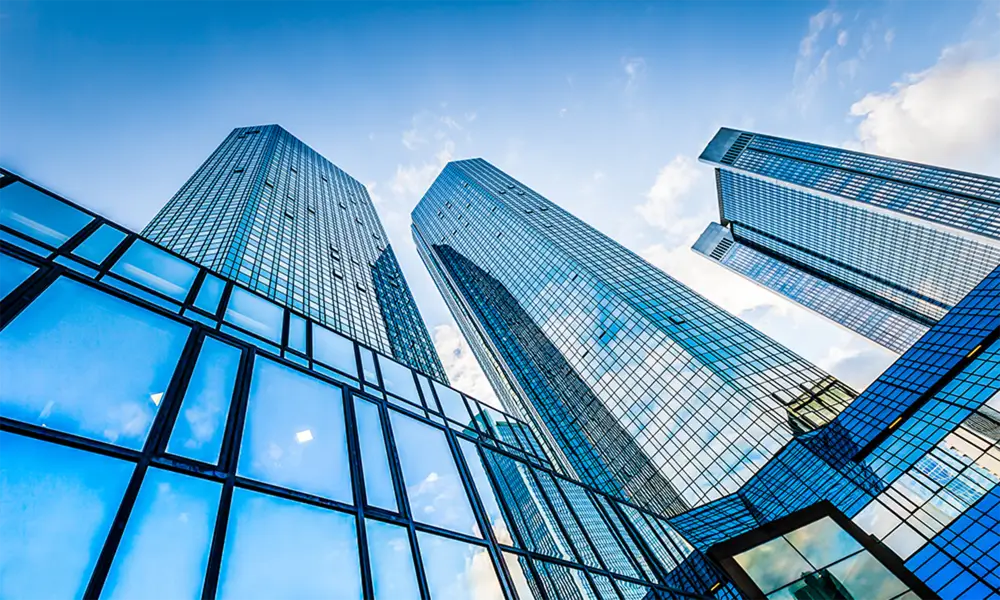

The Versatile World of Laminated Float Glass
Laminated float glass is a remarkable innovation in the field of glass manufacturing that has transformed various industries, from architecture to automotive. It combines the clarity of traditional float glass with a layer of polymer interlayer, providing enhanced safety, durability, and aesthetic appeal. This article delves into the properties, applications, and benefits of laminated float glass, shedding light on why it has become a preferred choice for many applications.
Understanding Laminated Float Glass
Laminated float glass is produced by sandwiching a layer of polyvinyl butyral (PVB) or another polymer between two or more layers of float glass. The layers are then subjected to heat and pressure, creating a solid bond that holds them together. This process not only gives laminated glass increased strength but also enhances its ability to withstand impact and resist breaking. One of the defining features of laminated glass is its ability to keep shattered pieces intact, avoiding dangerous projectiles when the glass is broken.
Properties and Benefits
1. Safety and Security One of the primary advantages of laminated float glass is its safety features. In the event of breakage, the interlayer holds the fragments together, thus preventing injuries. This characteristic makes it an ideal choice for applications in high-traffic areas, schools, and public buildings.
2. Sound Insulation Laminated float glass offers excellent sound-dampening properties. The interlayer effectively reduces the transmission of noise, making it a popular choice in residential and commercial buildings located in noisy environments. This aspect significantly enhances comfort in living and working spaces.
3. UV Protection Unlike conventional glass, laminated float glass can block up to 99% of harmful UV rays. This feature protects interiors from fading and damage caused by prolonged exposure to sunlight, preserving both the aesthetic quality and longevity of furniture and fabrics.
4. Energy Efficiency The insulation properties of laminated glass contribute to energy efficiency in buildings. By preventing heat loss during winter and reducing heat gain in summer, laminated float glass helps maintain comfortable indoor temperatures while lowering energy costs.

Applications
The versatility of laminated float glass has led to its widespread use across various sectors
- Architectural Use Laminated glass is favored in modern architecture for façades, skylights, and glass floors. Its safety features and aesthetic appeal allow architects to create stunning designs without compromising on security.
- Automotive Industry In vehicles, laminated glass is often used for windshields due to its ability to withstand impact. It provides better safety for passengers while enhancing the structural integrity of the vehicle.
- Interior Design Laminated glass is popular in interior applications such as staircases, partitions, and shower enclosures. It brings elegance to design while ensuring safety.
- Furniture Many furniture designers incorporate laminated glass into tables, shelving, and display units. Its aesthetic versatility and durability make it a favored choice.
Conclusion
Laminated float glass represents a significant advancement in glass technology, merging safety, performance, and beauty. Its multitude of applications highlights its adaptability in meeting the diverse needs of various industries. As technology continues to evolve, laminated glass will likely see even greater innovations, further enhancing its position as an essential material in modern design and construction. Whether in our homes, offices, or vehicles, the impact of laminated float glass is undeniable, making our environments safer and more aesthetically pleasing. Choosing laminated float glass is not just a design choice; it's a commitment to quality, safety, and sustainability.